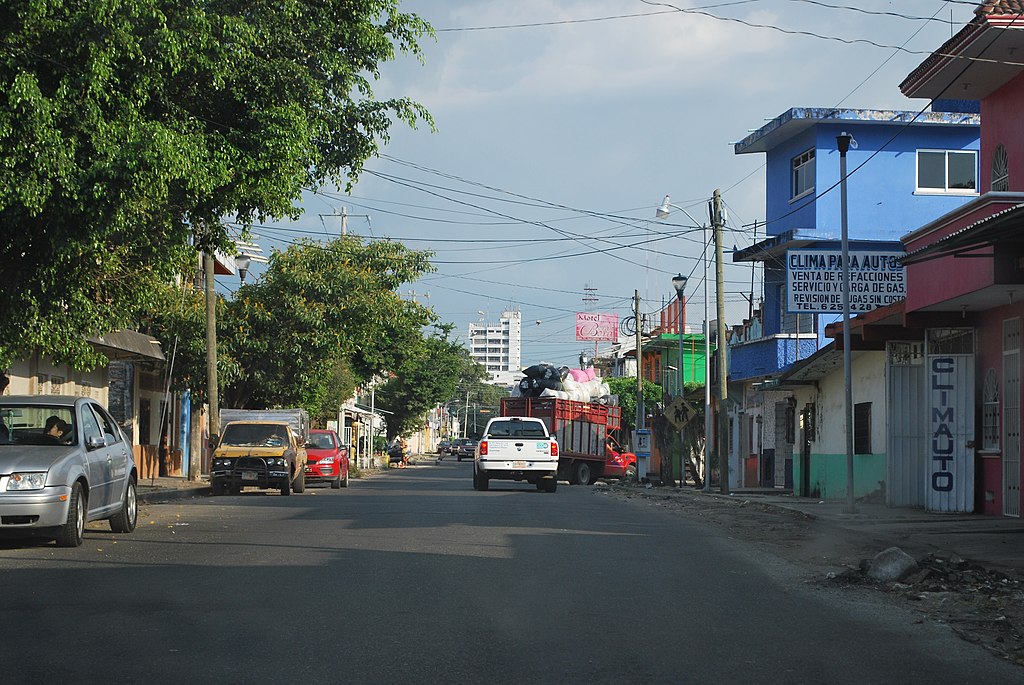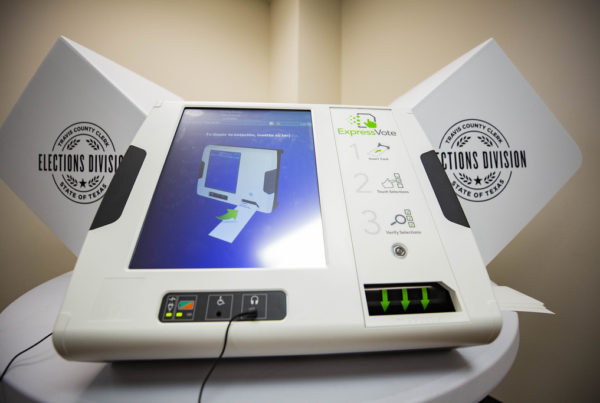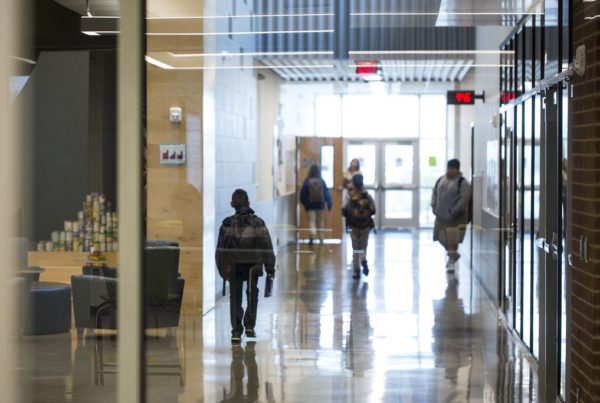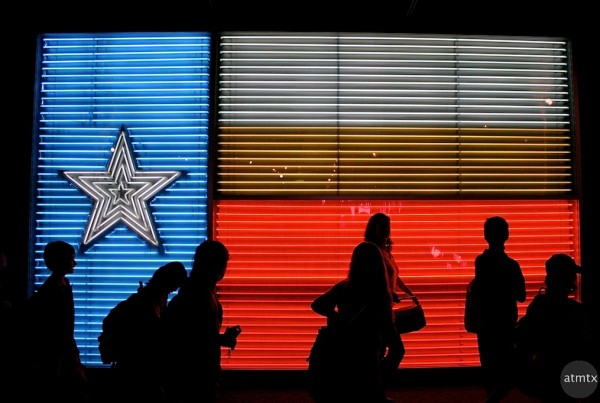In recent weeks thousands of people seeking asylum in the United States, primarily from Haiti, have been stuck in limbo around Del Rio, waiting to see whether they’ll be admitted into the U.S., sent back south, or deported. A similar scene is playing out at the southern tip of the country.
Julian Resendiz is an El Paso correspondent for The Border Report. He tells Texas Standard that in Tapachula, a city of more than 300,000 people near Mexico’s border with Guatemala, thousands of immigrants from Haiti are stuck, waiting to find out if they qualify for a refugee visa from Mexico.
Listen to the interview above or read the transcript below to learn more about how migrants are coping with their situation in Tapachula.
This transcript has been edited lightly for clarity:
Texas Standard: I understand you’ve been speaking with folks in Tapachula about the situation there. Can you tell us what you’ve been hearing?
Julian Resendiz: I was able to establish contact with the two activists who are trying to organize and provide services for the Haitians. What they tell me is that there are a lot of people coming every day – between 500 and 800 just to Tapachula alone, most of them being Haitians and most of them with the intent of traveling north to the United States.
Is it known how many people are in Tapachula right now that are potential refugees to either Mexico or the United States?
The numbers vary. The estimates vary. However, I am told that there are up to 12,000 Haitians, just Haitians, in addition to Central Americans, are staying in capacity right now.
What is the Mexican government doing at this juncture? Are they accepting people seeking refugee status?
The Mexican government has a heavy presence in Tapachula. They have had a heavy presence for at least the past three years. It’s their job is to screen the migrants, see how many of them qualify for humanitarian visas just to stay in Mexico because their policy, much like the U.S., is, they do enforce immigration laws. So if people don’t have a valid reason to be there, they put them in immigration removal procedures. However, we’re talking about a massive amount of people in one place, and that’s leading to a lot of problems, according to the activists who spoke to. The Mexican government just cannot process all of them in a quick and expeditious manner.
What is their situation like in Tapachula?
Speaking to the activists, as well as from watching daily images posted on social media, you can pretty much see a sea of people either are milling about the main plaza, which seems to be the gathering place. Or sometimes you see them on the streets, just sitting down with their family, with their children, just waiting for for those humanitarian permits so they can travel north. Those permits are slow, Very slow in coming.
Could you talk us through the journey that these people from Haiti have been on? I gather most of them have been in South or Central America for quite some time.
Most of these migrants are not coming directly from Haiti. Most of them have been in South America since at least 2010, which is when there was a big earthquake and there was a lot of migration out of the island. And it also happens that places like Brazil at first welcome migrants. Brazil hosted the World Cup in 2014, and the Olympics in 2016. So they had a lot of the infrastructure work to do it, and that’s when they opened the doors to the to the Haitians. Now, of course, with the onset of COVID, a lot of those girls have dried up. But remember that there’s been political upheaval for a long time.














